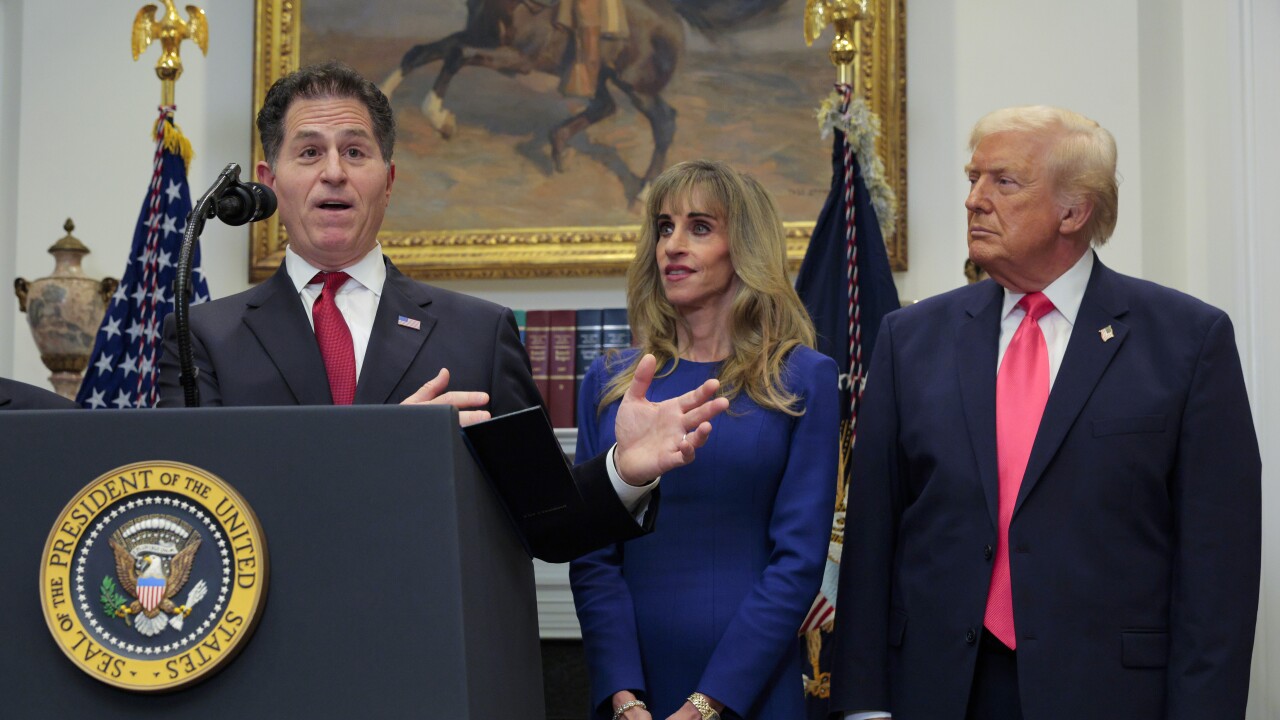In June, the IRS unveiled the new postcard tax return as part of the GOP’s tax overhaul intended to simplify the federal tax system. The postcard return, which is intended to replace Forms 1040, 1040A and 1040EZ, has a mere 23 lines as opposed to the current Form 1040, which has 79 lines. But, as we all know, looks can be deceiving. In addition to the 23 lines on the postcard return, there are six supplemental schedules. Combined, those six supplemental schedules include more than 50 additional line items.
The six supplemental schedules are:
Schedule 1 – Additional Income and Adjustments to Income
Schedule 2 – Tax
Schedule 3 – Nonrefundable Credits
Schedule 4 – Other Taxes
Schedule 5 – Other Payments and Refundable Credits
Schedule 6 – Foreign Address and Third Party Designee
These new supplemental schedules do not eliminate most of the current supporting schedules such as Schedule C, Schedule D, Schedule E, Form 8960, etc. Those forms are still required in addition to the new supplemental schedules. Interestingly, Schedule B for Interest and Dividend Income has been eliminated. I find this most intriguing because aside from the interest and dividend income details, Schedule B also includes questions about foreign bank account ownership and foreign trust distributions. With the Treasury’s increased efforts toward foreign transparency, I am surprised these questions are not on the new postcard return or the new supplemental schedules. However, I would not be surprised to find these questions added somewhere on the final version of the new return or schedules.

For those taxpayers with only wages, Social Security or deferred income (i.e. IRA, pension or annuity distributions) and maybe a small amount of interest and dividends, the new postcard return will be much simpler. For example, a W-2 employee with $1,500 of dividends would now only need to file the postcard return in comparison to the current filing requirement of the Form 1040 and Schedule B.
However, for most Americans, the 23 lines will not be sufficient and they will need to include a supplemental schedule. That means instead of just completing the current Form 1040, they will need to complete the new postcard 1040 and an additional schedule.
For instance, if you are entitled to a student loan interest deduction, an IRA deduction or HSA deduction, going forward you will have to complete Schedule 1 in addition to the postcard return. According to 2015 tax year statistics posted by the IRS, over 38 million returns (25 percent of the total returns filed) included some type of statutory deduction such as these. So, approximately 25 percent of all taxpayers will now need to file two forms instead of just one. Additionally, if you paid in quarterly estimated tax payments or have a tax overpayment credit from 2017, you will need to file the postcard return and Schedule 5. In all these situations, the return filing goes from being two pages to three pages.
Not surprisingly, it can get even more complicated. For example, take the common situation of a husband and wife who file joint returns and have two children. The husband is a sole proprietor who files a Schedule C and the wife receives W-2 wages. They pay daycare expenses for their children. They have some investment income – interest, dividends and capital gains, and their combined annual income is over $300,000. In addition to the wife’s withholding, they make quarterly estimated tax payments. Under the current tax return filings, they would be required to file the Form 1040, Schedule C, Schedule B, Schedule D, Schedule SE, Form 8960 and Form 2441. Under the new tax return regime, they will be required to file the postcard Form 1040, Schedule 1, Schedule C, Schedule D, Schedule 3, Form 2441, Schedule 4, Schedule SE, Form 8960 and Schedule 5. Their tax return from seven forms to 10 forms. Not exactly a simplification.
As a tax professional, I find it hard to believe next year’s tax return preparation will be simpler. In fact, I feel that it may even be more time consuming with the addition of the six supplemental schedules. However, as the Trump administration is publicizing that this new return will streamline the filing process, undoubtedly clients will be expecting lower fees for tax preparation next year. Next tax season, tax preparers will most likely have the burden of explaining to clients that the “simple” tax return actually means more schedules and more work.





